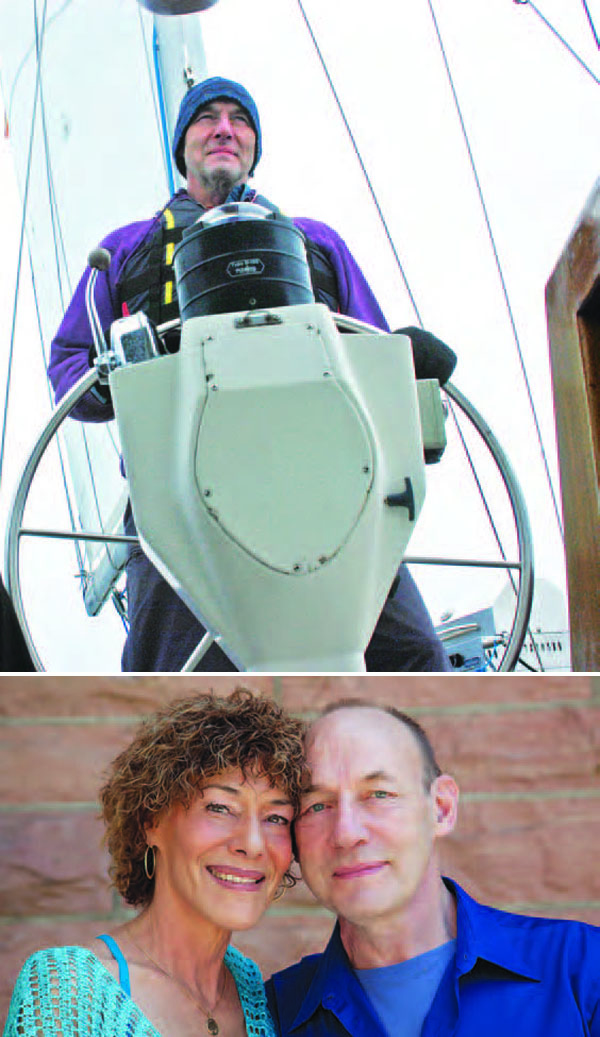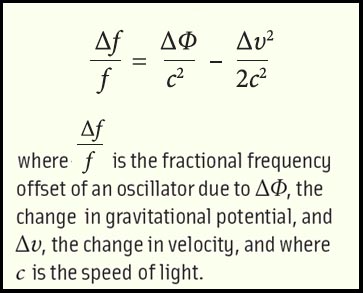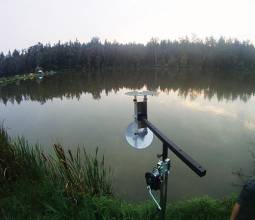New BeiDou ICD Describes Second Civil Signal; Officials Describe Progress, Plans
 Ran Chengqi, director of the China Satellite Navigation Office
Ran Chengqi, director of the China Satellite Navigation OfficeAt a news media conference in Beijing on the first anniversary of the BeiDou Navigation Satellite System (BDS) declaration of full operational capability (FOC) for its regional service, officials reported on the current performance of China’s GNSS system.
The BDS program also released two new technical documents, including an updated interface control document (ICD) that describes the second civil signal, B2I, and a “BDS Open Service Performance Standard (version 1.0).”
By Inside GNSS






















